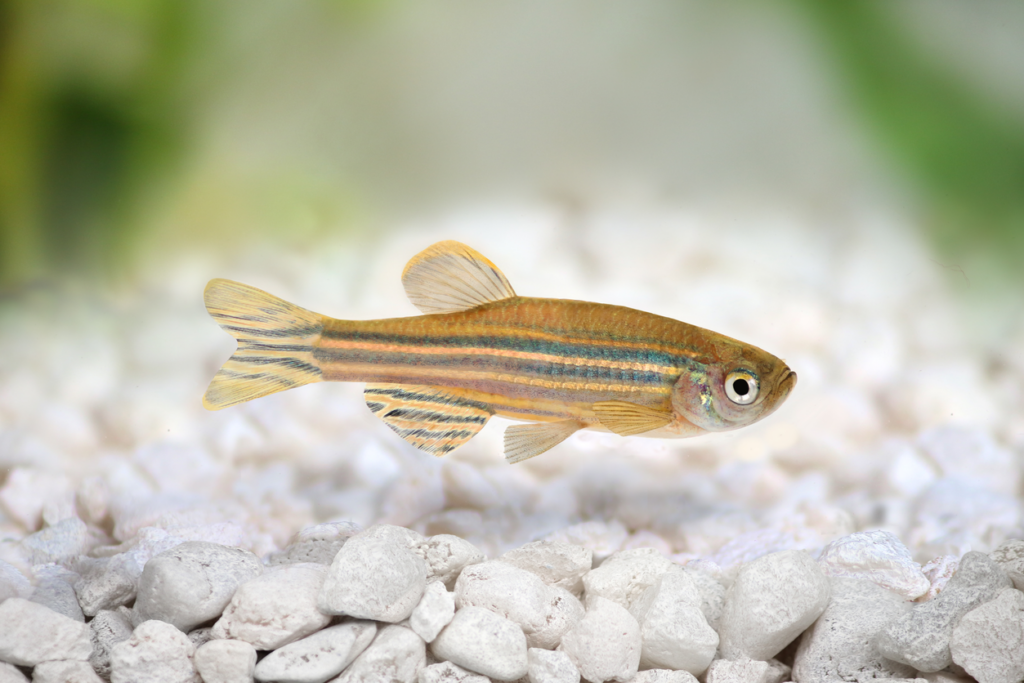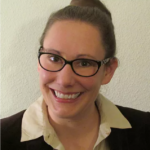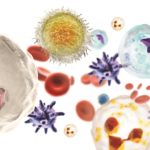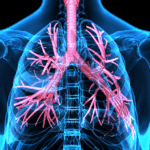New Zebrafish Pipeline Enables Functional Evaluation of Novel, Rare, Fusion-Oncogenes in vivo
New Zebrafish Pipeline Enables Functional Evaluation of Novel, Rare, Fusion-Oncogenes in vivo https://pediatricsnationwide.org/wp-content/uploads/2024/01/AdobeStock_71462312-1024x683.png 1024 683 Jessica Nye, PhD Jessica Nye, PhD https://secure.gravatar.com/avatar/?s=96&d=mm&r=g- January 29, 2024
- Jessica Nye, PhD

An innovative method that uses a zebrafish model to rapidly study novel fusion-oncogenes in vivo has been developed by investigators at Nationwide Children’s Hospital.
Fusion oncogenes are frequently observed in pediatric cancers. These fusion oncogenes are typically caused by a chromosomal translocation that produces gain-of-function chimeric gene activity. Although there has been experimental work to identify novel fusion genes in cancer research, there are a paucity of methods available to functionally validate whether fusions are, in fact, oncogenic or to test for therapeutic opportunities.
The method to model and test fusion-driven rhabdomyosarcoma in vivo was published as a chapter in Methods in Molecular Biology.
The first step in the method’s pipeline is to identify novel fusion-oncogenes by sequencing patient tumors. Potential oncogenes are prioritized based on shared pathology and transcriptional profiles between patient samples. Selected candidate genes are cloned, attaching the oncogene to a high-level cytomegalovirus promoter and a green fluorescent protein (GFP) tag. The DNA clone is then injected into zebrafish embryos whereby the oncogene is integrated into the fish genome through transgenesis.
“We use zebrafish because they’re a nimble system for transgenesis; we can take the human form of the cancer gene and integrate it into the fish genome. The fish will develop tumors that are similar to the human disease,” says Genevieve Kendall, PhD, principal investigator in the Center for Childhood Cancer Research at Nationwide Children’s and an assistant professor in the Department of Pediatrics at The Ohio State University College of Medicine.
The experimental zebrafish can develop tumors for study within one to six months. The tumors are detected through observation of gross morphology and through use of a royal blue protein flashlight which allows for visualization of the GFP tag.
“The model is very flexible. We can take fusions from clinical sequencing efforts and develop a vertebrate animal model within months. There’s a lot of power in how quickly we can establish a transgenic animal model and in the amount of independent tumor samples we can generate. Instead of a mouse cage, where you can put five mice, we can put 20 fish in a tank and have the capacity for 30,000 fish in our zebrafish facility. That’s a lot of tumor tissue of a rare disease that we can use to study,” says Dr. Kendall.
These collected tumor tissues can be used in pathology, genomics, immunohistochemistry and microscopy experiments to validate whether candidate fusion-oncogenes are driving the patient’s cancer and to investigate the underlying disease biology and tumorigenic mechanisms.
Dr. Kendall explains that her group is partnering with the Steve and Cindy Rasmussen Institute for Genomic Medicine at Nationwide Children’s to expand the impact of their system with the goal of identifying unique and shared biology between fusion-oncogenes and, ultimately, to assess for therapeutic opportunities.
“I came to Nationwide Children’s because I care deeply about translational research to help children with cancer,” says Dr. Kendall. “That’s my motivation. To advocate for and study rare diseases and to move therapies towards the clinic.”
Reference:
Kent MR, Silvius K, Kucinski J, Calderon D, Kendall GC. Functional Genomics of Novel Rhabdomyosarcoma Fusion-Oncogenes Using Zebrafish. Methods Mol Biol. 2024;2707:23-41.
Image credit: Adobe Stock
About the author
Jessica Nye, PhD, is a freelance science and medical writer based in Barcelona, Spain. She completed her BS in biology and chemistry and MS in evolutionary biology at Florida State University. Dr. Nye studied population genetics for her doctorate in biomedicine at University of Pompeu Fabra. She conducted her postdoctoral research on the inheritance of complex traits at the Autonomous University of Barcelona.
-
Jessica Nye, PhDhttps://pediatricsnationwide.org/author/jessica-nye-phd/
-
Jessica Nye, PhDhttps://pediatricsnationwide.org/author/jessica-nye-phd/
-
Jessica Nye, PhDhttps://pediatricsnationwide.org/author/jessica-nye-phd/January 3, 2022
-
Jessica Nye, PhDhttps://pediatricsnationwide.org/author/jessica-nye-phd/










